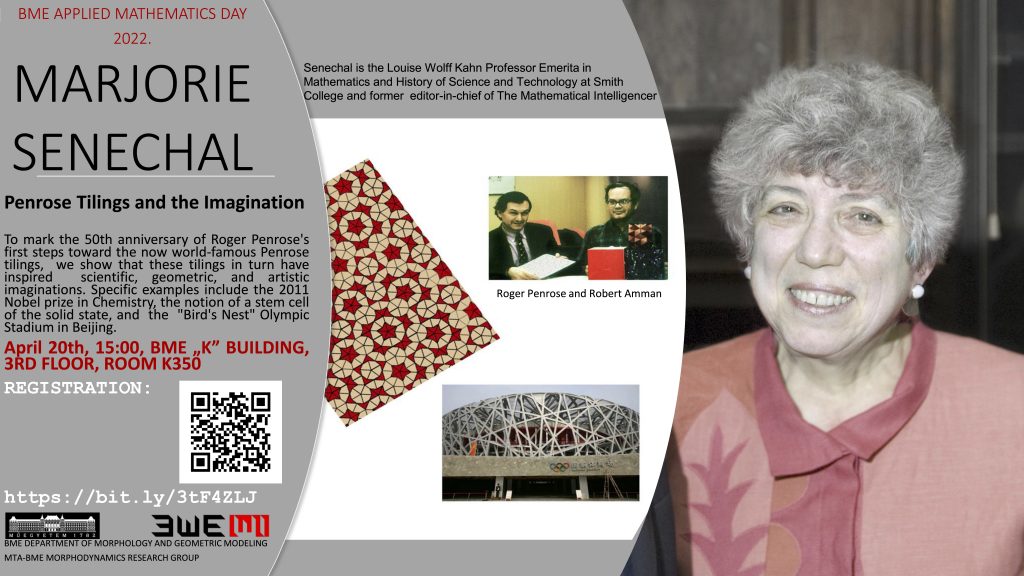Two lectures will be presented at BME Applied Mathematics Day 2023, organized on 5th December, BME building Q, auditorium AF14.
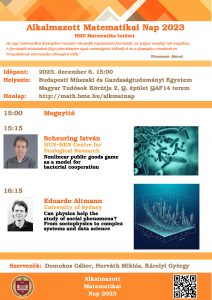
Guest lecture: Rogério Martins
Why are we not able to see beyond three dimensions?
Rogério Martins, Universidade Nova de Lisboa
October 24, 2023
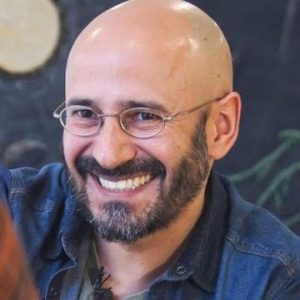 Our guest lecturer gave a talk on problems of perception of higher dimensions in Nature.
Our guest lecturer gave a talk on problems of perception of higher dimensions in Nature.
Guest lecture: Douglas J. Jerolmack
How things fall apart: The shape of failure across the solar system
Douglas J. Jerolmack, University of Pennsylvania
April 28, 2023
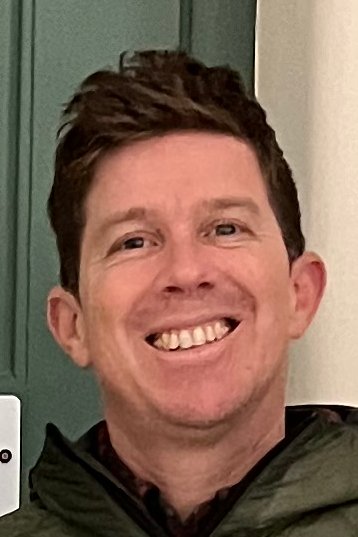 Our guest lecturer, second time since 2019, gave a talk on various aspects of fragmentation in Nature.
Our guest lecturer, second time since 2019, gave a talk on various aspects of fragmentation in Nature.
Applied Mathematics Without Borders
A series of lectures were presented at BME Applied Mathematics Day – Applied Mathematics Without Borders 2022, organized on 5-6 September, BME central building, 1st floor, “Díszterem” on the occasion of the 60th anniversary of Gábor Domokos.
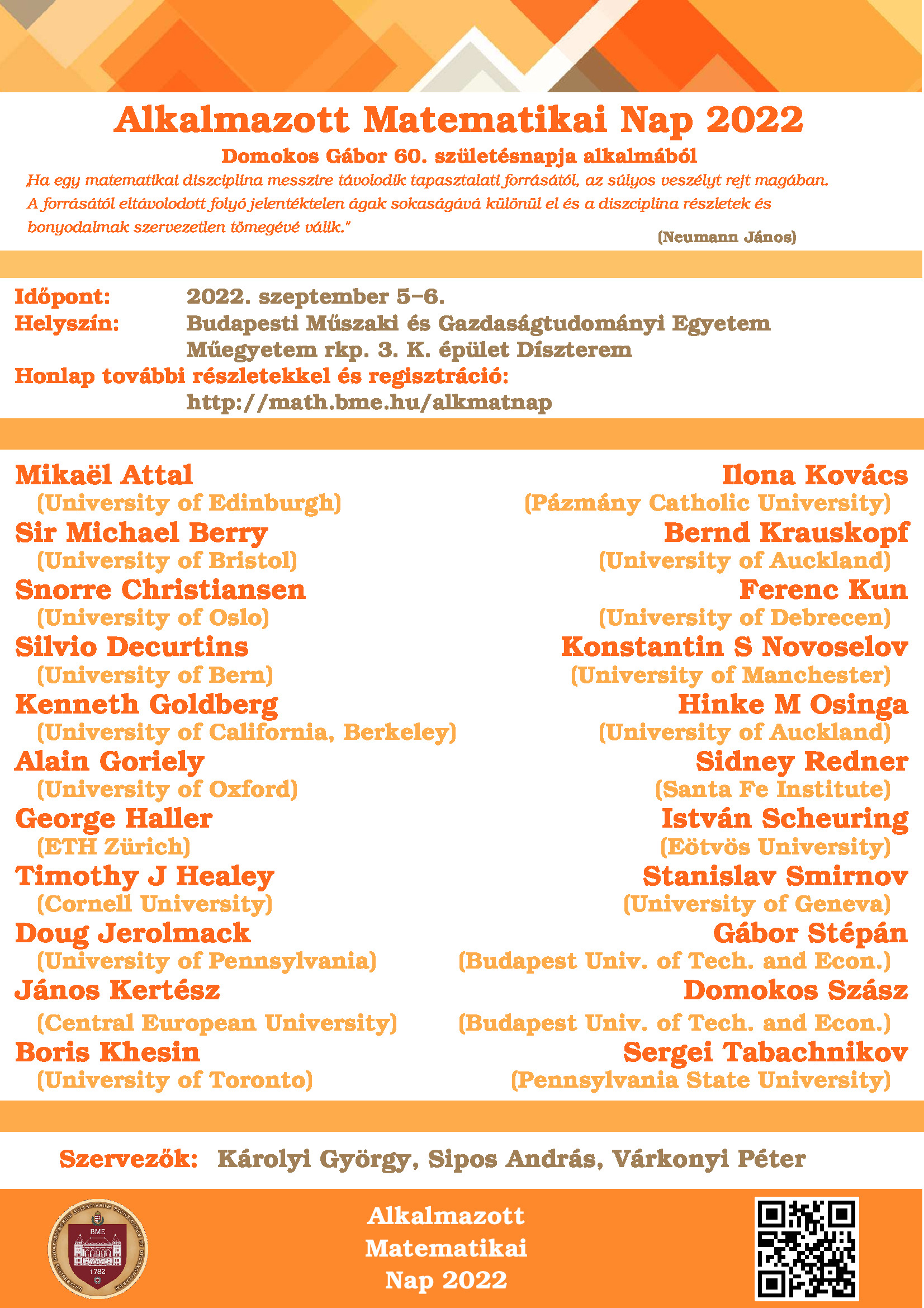
BME Applied Mathematics Day 2022.
Guest lecture: Bernd Krauskopf
Excitability and feedback: to pulse or not to pulse?
Bernd Krauskopf (University of Auckland)
joint work with Soizic Terrien and Neil Broderick (University of
Auckland), Anirudh Pammi and Sylvain Barbay (C2N, Paris-Saclay)
18 November, 2019
Department of Physics, 4pm
Abstract: Excitability is a very common phenomenon in the dynamics of many natural and engineered systems; examples are neurons, certain chemical reactions and laser systems. Being at equilibrium, an excitable system reacts to a sufficiently large perturbation by suddenly releasing a pulse of stored energy. Then the system needs some time to recover its level of stored energy. When excitable systems are coupling to themselves or to each other, they receive feedback with a delay time that is considerably larger than the pulse length. This may lead to very interesting pulsing dynamics. We demonstrate this here with an excitable micropillar laser with a feedback loop, or external cavity, generated by a regular mirror, which has been shown experimentally to be able to sustain trains of optical pulses. These can be triggered largely independently by optical perturbations injected into the laser, and they are then sustained simultaneously via feedback from the external cavity. A bifurcation analysis of a rate-equation model shows that the system has a number of periodic solutions with different numbers of equally spaced pulses as its only attractors. Hence, although coexisting pulse trains can seem independent on the timescale of the experiment, they correspond to very long transient dynamics. We determine the switching dynamics by studying the associated basins of attraction, which demonstrates that timing is everything when it comes to triggering or erasing pulse trains.
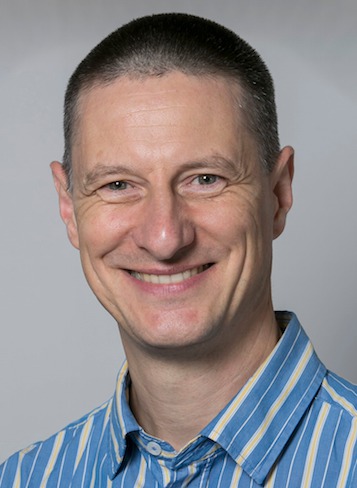
Guest lecture: Alain Goriely
On the shape of gravitating planets
Alain Goriely, University of Oxford
October 22, 2019
Abstract: A classic problem of elasticity is to determine the possible equilibria of a planet modelled as a homogeneous compressible spherical elastic body subject to its own gravitational field. In the absence of gravity the initial radius is given and the density is constant. With gravity and for small planets, the elastic deformations are small enough so that the spherical equilibria can be readily obtained by using the theory of linear elasticity. For larger or denser planets, large deformations are possible and surprising behaviours emerge as will be revealed during this talk.

The geometry of turbulence, Applied Mathematics Day 2019
Székelyhidi László (Universität Leipzig):
Rigid surfaces from Euclid to Nash and how to bend them.
October 16, 2019
16.30 BME K.150
“A compact surface is called rigid if the only length-preserving transformations of it are congruencies of the ambient space – in simple terms rigid surfaces are unbendable. Rigidity is a topic which is already found in Euclid’s Elements. Leonhard Euler conjectured in 1766 that every smooth compact surface is rigid. The young Augustin Cauchy found a proof in 1813 for convex polyhedra, but it took another 100 years until a proof for smooth convex surfaces appeared. Whilst it seems clear that convexity, and more generally curvature plays an important role for rigidity, it came as a shock to the world of geometry when John Nash showed in 1954 that every surface can be bent in an essentially arbitrary, albeit non-convex manner. The proof of Nash involves a highly intricate fractal-like construction, that has in recent years found applications in many different branches of applied mathematics, such as the theory of solid-solid phase transitions and hydrodynamical turbulence. The talk will provide an overview of this fascinating subject and present the most recent developments.”
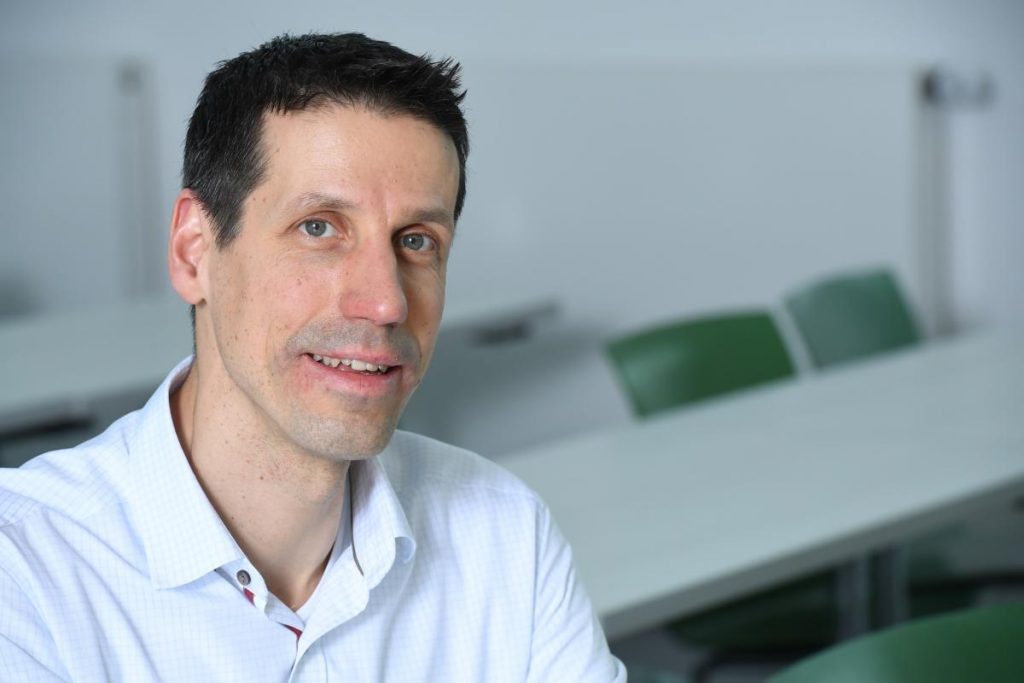
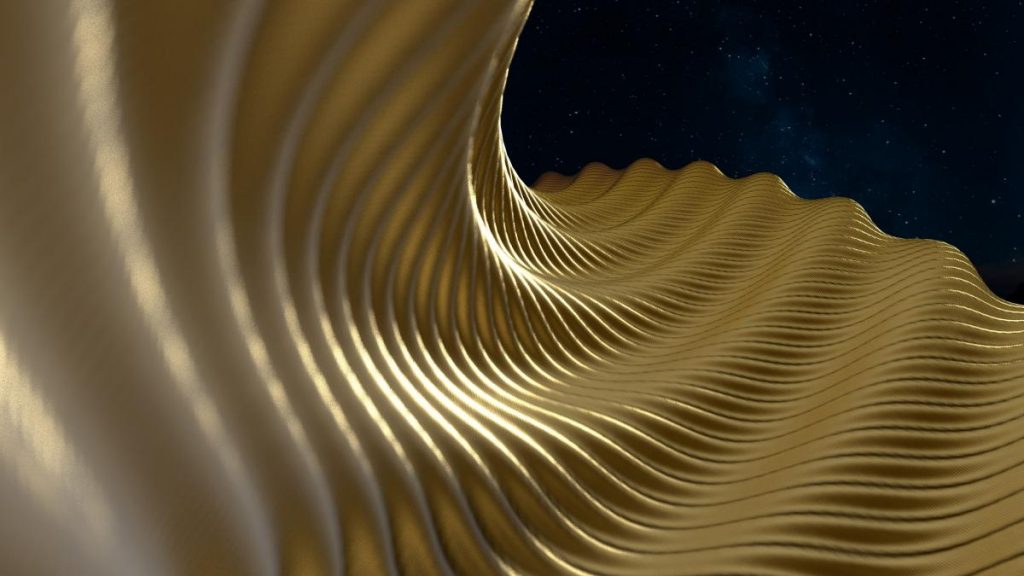
(Source: http://hevea-project.fr/)
Uriel Frisch (CNRS, France):
Leonardo da Vinci, Tódor Kármán and many more: the decay of turbulence.
October 16, 2019
17.30 BME K.150
“Leonardo had a strong interest in mathematics (at the time, mostly geometry and simple algebraic equations). In the early part of his life, spent in Florence, Leonardo became interested in chaotic hydrodynamics (called by him, for the first time “turbulence”), a topic which will persist throughout his life. Examining the “turbulences” (eddies) in the river Arno he found in the late 1470 that the amplitude of the turbulence was decreasing very slowly in time, until it would come to rest (within the surrounding river). This topic would remain dormant for close to 5 centuries, until in 1938 Todor (Theodore) Karman, triggered by Geoffrey Taylor, established that the amplitude of the turbulence should decrease very slowly, indeed like an inverse power of the time elapsed. Three years later, Andrei Kolmogorov found an algebraic mistake in Karman’s calculation; Kolmogorov himself found another inverse power (5/7) of the time elapsed. This, likewise was wrong. In the talk we will present developments in a historical context and connect to recent progress on this topic. Very recently, we found that the law of decay of the amplitude need not be exactly an inverse of the time elapsed. Furthermore, more exotic laws of decay were obtained for “weak” (distributional) solutions using a Nash-like construction.”
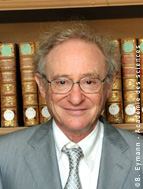
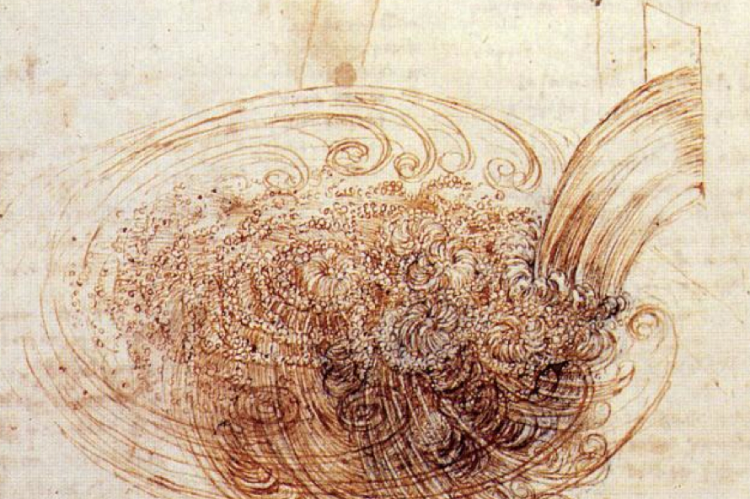
Guest lecturer: Boris A. Khesin
Integrability of pentagram maps and KdV hierarchies
Boris A. Khesin, University of Toronto
June 27, 2019
Abstract: We describe pentagram maps on polygons in any dimension, which extend R.Schwartz’s definition of the 2D pentagram map. Many of those maps turn out to be discrete integrable dynamical systems, while the corresponding continuous limits of such maps coincide with equations of the KdV hierarchy, generalizing the Boussinesq equation in 2D. We discuss their geometry, Lax forms, and interrelations between several recent pentagram generalizations.
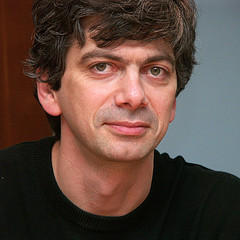
Applied Mathematics Day 2019.
Denis Weaire FRS (Trinity College, Dublin)
On growth and form (of bubbles)
29th April, 2019. 16:00
BME K150
“Bubbles and foams have always attracted the interest of artists, poets and philosophers (as well as small children). Physicists are similarly drawn to the subject, but with more precise aims – to understand the detailed structure of crowded bubbles and their competing growth, as well as their mechanical properties. Here we will concentrate mainly on structure, recalling the contributions of Plateau and Kelvin in the 19th century and their echoes down to the present time.”
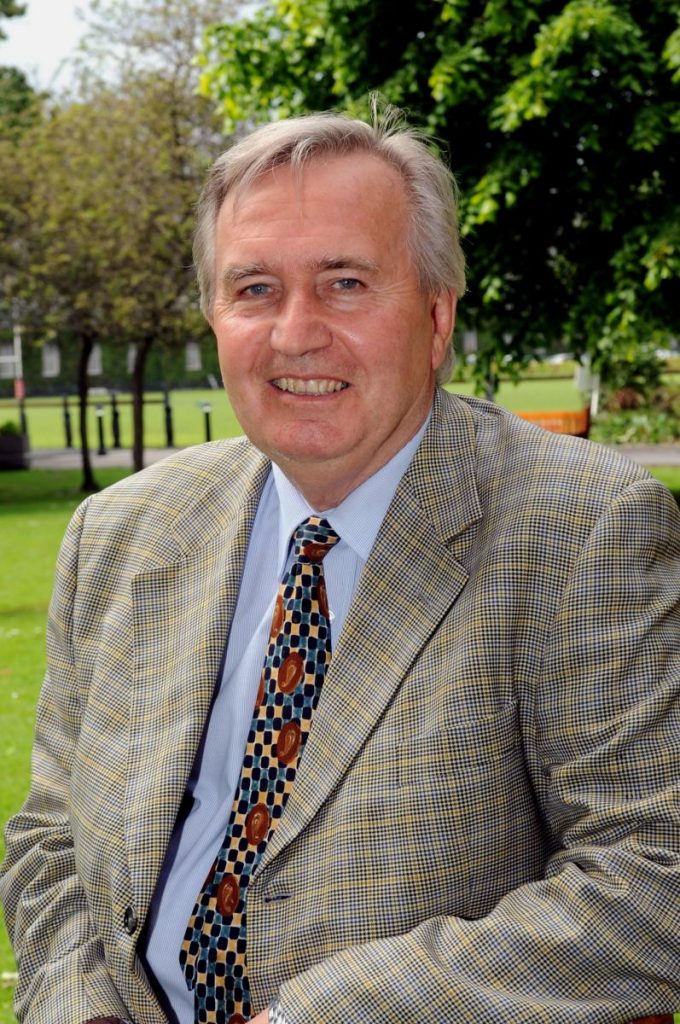
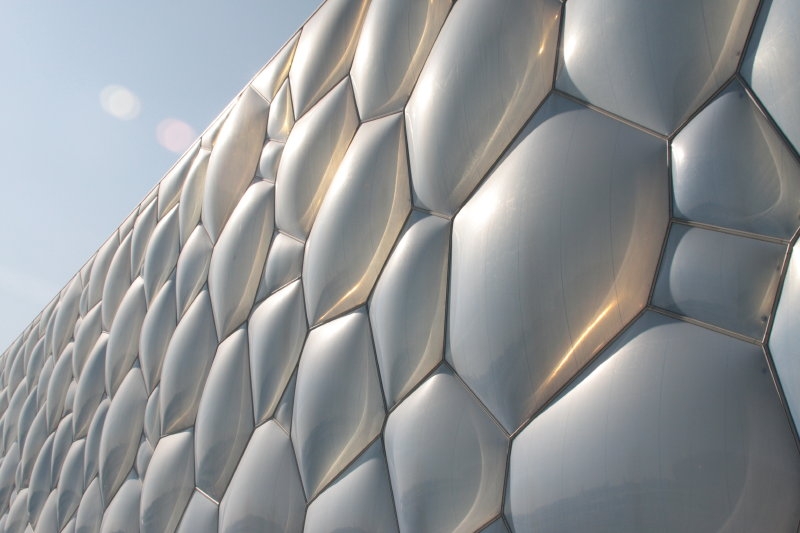
Contributors: Douglas J. Jerolmack and Ferenc Kun
Douglas J. Jerolmack and Ferenc Kun attended our seminar on 13th April, 2019.
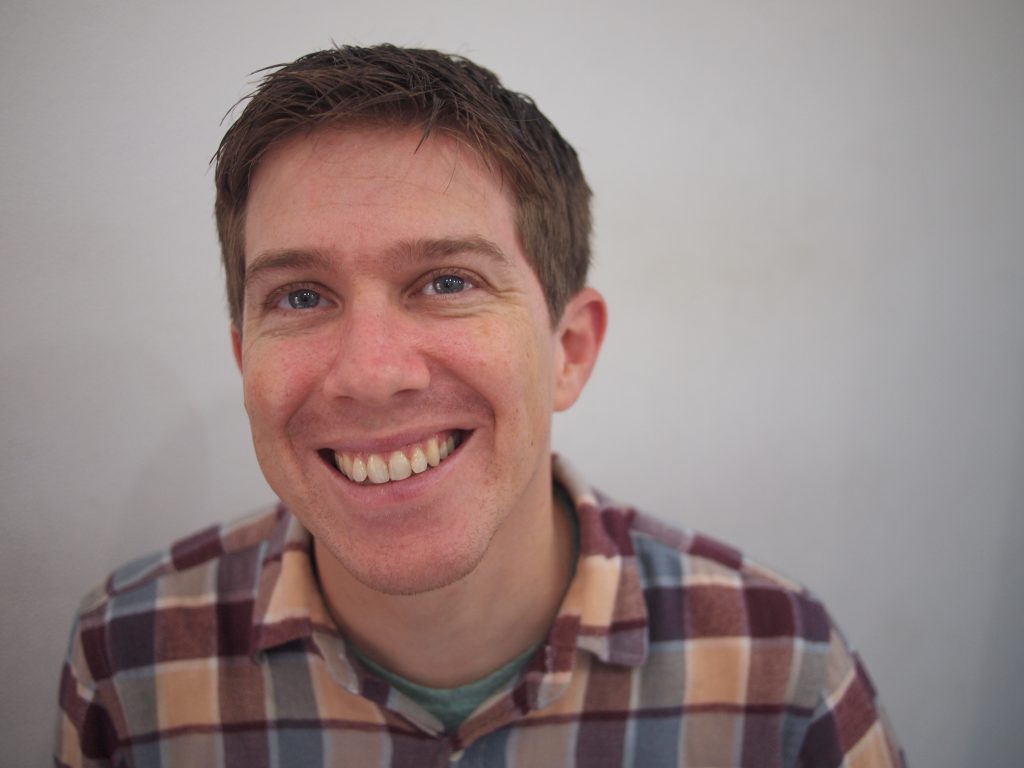

Guest: Michel Potier-Ferry
Our guest Michel Potier-Ferry from University of Lorraine, France was a Reviewer and Member of the Doctoral committee at the PhD defense of Eszter Fehér.
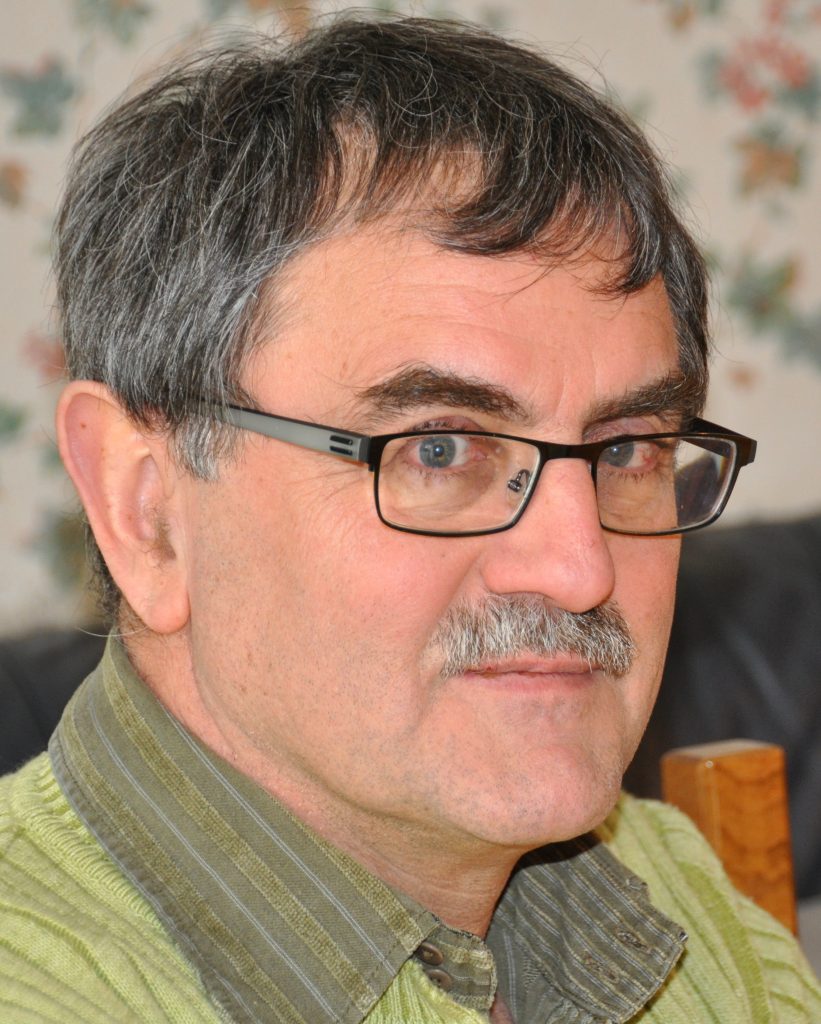
Guest lecturer: Sir Michael Berry
Nature’s optics and our understanding of light
Sir Michael Berry
University of Bristol
December 12th, 2018 at 4 pm
BME, K134
Abstract: Optical phenomena visible to everyone abundantly illustrate important ideas in science and mathematics. The phenomena considered include rainbows, sparkling reflections on water, green flashes, earthlight on the moon, glories, daylight, crystals, and the squint moon. The concepts include refraction, wave interference, numerical experiments, asymptotics, Regge poles, polarization singularities, conical intersections, and visual illusions.
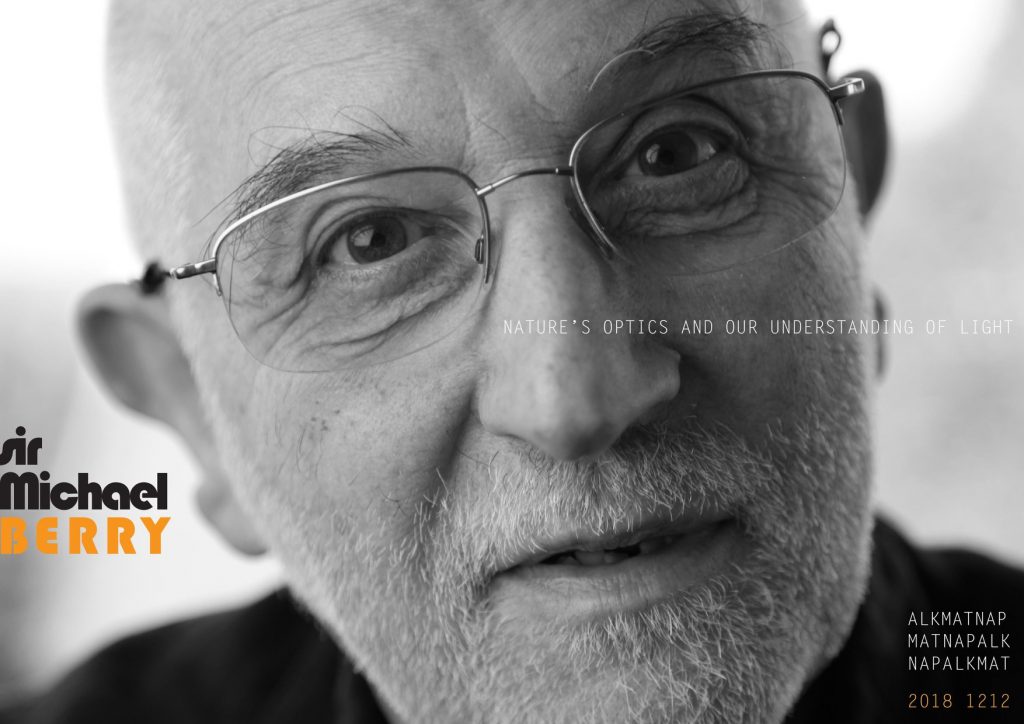
Guest lecturer: Bernd Krauskopf
Computing global invariant manifolds as a sequence of geodesic level sets
Bernd Krauskopf, University of Auckland
joint work with
Hinke Osinga, University of Auckland
May 16, 2018
Abstract: Steady-states and periodic orbits of saddle type of dynamical systems defined by ordinary differential equations come with stable and unstable manifolds. These invariant, global objects play a crucial role in organising the dynamics, for example, as basin boundaries and in the creation of chaotic attractors. We consider here global invariant manifolds of dimension two in three-dimensional systems. These are implicitely defined surfaces that can generally only be found by numerical means.
We present arguably the most geometric approach to finding and visualising these surfaces: we grow a manifold step by step from the steady-state of periodic orbit by computing a sequence of rings or bands at suitable geodesic distances. Our method is illustrated with several examples, including the Lorenz system.

Guest lecturer: Snorre H. Christiansen
Our guest lecturer Snorre H. Christiansen from University of Oslo gave us his talk on the 7th May 2018 with the title ‘Finite element complexes for the Stokes equation’.
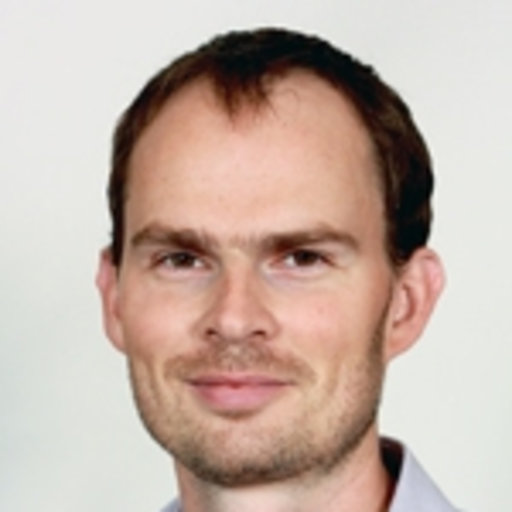
Guest lecturer: Daniel Barreto
Our guest lecturer Daniel Barreto from Edinburgh Napier University gave us his talk on the 6th February 2018 with the title ‘Contact force entropy coordinates – Their relationship with critical states and shearing resistance’.
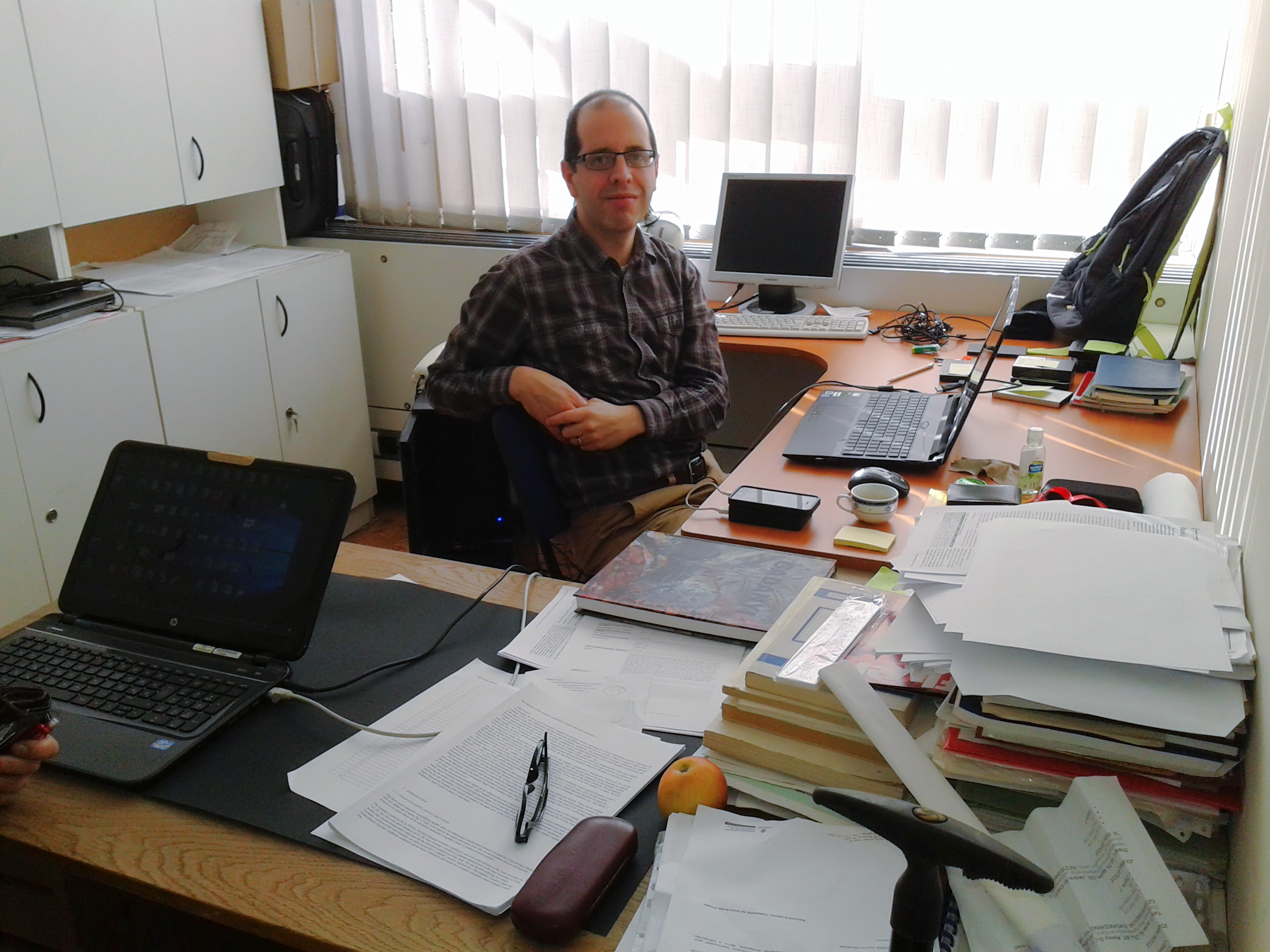
Guest lecturer: Rocky Taylor
Morphodynamics of sea ice: exploring morphological evolution of ice rubble and ridges during the seasonal life cycle of deformed first-year sea ice
Rocky S. Taylor, Memorial University of Newfoundland, Canada
November 13, 2017
Abstract: Sea ice features in nature can take on many different forms. For marine and offshore engineering applications, ice loads during interactions with ice rubble and ice ridges are an important design consideration. Morphodynamic aspects of sea ice deformation and degradation processes are of interest in understanding the seasonal evolution of these features, since such methods may provide opportunities to simplify modelling of these highly complex processes. During deformation of a level ice sheet, it is of interest to understand how resultant distributions of block sizes and shapes are linked to the parent ice thickness and other environmental conditions. Similarly, for existing ice rubble and ridges, it is of interest how block shape evolution occurs during freezing/thawing cycles and how this influences the internal buoyancy forces on submerged ice blocks within a ridge. Such processes in turn influence rubble pile stability, since evolution of the shapes and associated centres of buoyancy for each block will change the distribution of stresses on the bonds between them. This can influence the degradation of strength of ice ridges, ultimately contributing to the breakdown of these features during spring thaw. These processes are of interest to help identify the key deterioration mechanisms for ridges, since it is not clear if this process would result in local progressive failure of a ridge (e.g. blocks shed away gradually from the outside with the failure front moving inward over time until the whole ridge is gone) or if there is sufficient reserve strength in the bonds so that the change in buoyancy results in a build-up of stresses due to these shifting buoyance forces that ultimately results in a sudden, global collapse of the whole ridge. Understanding these processes is important in developing new mathematical models, not only for modelling strength of deteriorated ridges during ice-structure interactions, but also for improving deterioration models that may be incorporated into larger-scale thermodynamic ice environmental models.
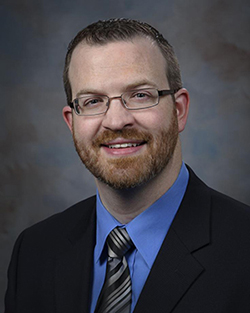
BRIEF BIOGRAPHY – ROCKY TAYLOR, PHD, P.ENG
Dr. Rocky Taylor is an Assistant Professor in Mechanical Engineering at Memorial University of Newfoundland in St. John’s, Canada, where he is also the Centre for Arctic Resource Development (CARD) Chair in Ice Mechanics. In this role he leads a team of researchers and graduate students working on Ice Compressive Failure Mechanics, Ice Rubble Mechanics, Ice Environmental Characterization and Ice-Structure Interaction Modelling. He has carried out field work in the Labrador Sea, Northern Newfoundland, the North Humberland Strait, the Caspian Sea, and the Barents Sea. He has more than 50 peer reviewed publications, has worked on many industry and academic projects and is currently a member of the ISO 19906 Canadian Review Committee.
Guest lecturer: László Székelyhidi
Rigid surfaces and how Nash bent them
László Székelyhidi
Universität Leipzig
October 2, 2017
Abstract: A compact surface in R3 is called rigid if the only length-preserving transformations of it are congruencies of the ambient space – in simple terms rigid surfaces are unbendable. Rigidity is a topic which is already found in Euclid’s Elements. Euler conjectured in 1766 that every smooth compact surface is rigid. The young Cauchy found a proof in 1813 for convex polyhedra, but it took another 100 years until a proof for smooth convex surfaces appeared. Whilst it seems clear that convexity, and more generally curvature plays an important role for rigidity, it came as a shock to the world of geometry when J. Nash showed in 1954 that every surface can be bent in an essentially arbitrary, albeit non-convex manner. The proof of Nash involves a highly intricate fractal-like construction, that has in recent years found applications in many different branches of applied mathematics, such as elasticity and fluid mechanics. The talk will provide an overview of this fascinating subject and the most recent developments.

